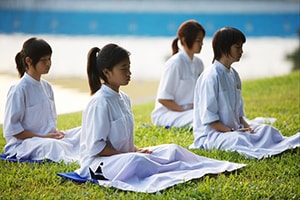
Pranayama

Pranayama is a Sanskrit word that is composed from two words, Prana means "life force energy," Yama means "to control" or Ayama means "expansion."
Therefore this practice is the channeling, controlling or expanding the life force energy within you. This practice is also known as Pranayam as well as breathing exercises.
Pranayam expands Prana though all levels of our being, makes the body healthy by removing blockages in the Pranayama Kosha meaning "the energy body" while increasing the assimilation and retention of Prana in the body. Within the our bodies are several types of energy that surrounds and permeats it.
These energies are closely linked to health, thinking and how we react to the material world. Through this practice, the subtle energy forms as well as the grosser energy forms are harmonized and manipulated.
Many breathing exercises include the practice of Kumbhaka meaning "retention of the breath," which creates control of the flow of life force energy, calming the mind while having control over the activities of the mind.
When the activities of the mind have become quiet, energy is allow to flow unobstructed throughout the Nadis meaning "energetic pathways" and Chakras leading the practitioner to higher dimensions of spiritual experience.

With this practice Prana is purified and regulated, when Prana is unbalanced a person will become more susceptible to illness in mind, body and spirit. This practice is the fourth limb in Patanjali's Eight-Fold Path, also known as Raja Yoga and is practiced in Hatha Yoga as well as several other techniques of Yoga.
This practice removes energy blockages in the Pranayama Kosha allowing for the increase of the absorption as well as retention of Prana. This is why many practice require Kumbhaka to gain control of the flow of Prana, which calms the mind allowing the practitioner to control the thought process.
There is a close connection between the currents of the nerves, the breath and the control of Prana in the body. When the mind becomes still while Prana is allow to freely flow through the Nadis and Chakras, this leads the practitioner to higher states of a spiritual experience.
Check each precautions section on each page because some practice require the breath to be held which is not good for any one with high blood pressure or any heart related issue. Please refer to this section for any other health related issue before preforming a practice.
This practice is seen as more beneficial than an Asana practice, especially Vishama Vritti Pranayama practices. In Sanskrit, Vritti referrers to the fluctuations of the mind.

This practice is preformed while sitting in a Meditative Asana such as the following Padmasana or Full Lotus Pose, Ardha Padmasana or Half Lotus Pose, Sukhasana or Easy Pose, Varjrasana or Thunderbolt Pose and Siddhasana or Accomplished Pose.
When practicing, it is best to keep the back straight without strain and the chin parallel to the ground with the head pointing forward. This is to keep the Nadis open and free flowing so Prana can move through the Nadis and Chakras.
Try to keep the mind center on the practice and keep the awareness focused on the mind. If the mind wanders away from the practice it will continue to move away from the practice, this is why the awareness needs to be focused on the mind. Allowing you to return the mind back to the practice.
With the practice and all other Yoga practices, relaxation is the key to the practice, relaxation of the mind and body. It is possible to relax the whole body while keeping it in a proper posture, this is done by bring the body into proper posture and using the skeletal system to hold the body while the muscles relax.
When the mind is clear and balanced, the breath is even and rhythmic. When the mind is nervous and tense, the breath is strained and erratic. When practicing, it is best to envelop yourself in the practice, while keep the spine in a comfortable erect position with the head straight.
During the practice, any Hasta Mudra of choice can also be practiced. Make sure to follow the directions carefully, do not strain and do not preform a practice that you are not ready for. Some practices are intended to be completed in stages.
Not all practices are suitable for all practitioners, please check the precautions before starting any practice.
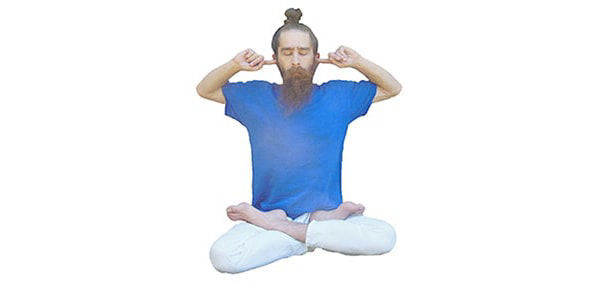
This breathing exercise uses the vocal cords, strengthening them and activating the Throat Chakra.
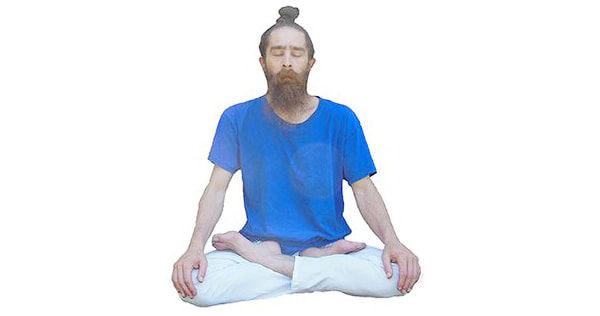
This breathing exercise is often the first practice preformed by beginners to teach the three parts of the breath.

This breathing exercise requires the breath to be held for long periods of time, therefore this practice is not suitable for everyone
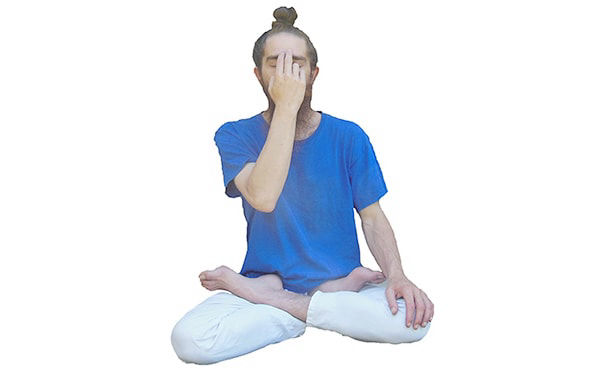
This breathing exercise clears the energetic pathways as well as balancing the sympathetic and parasympathetic nervous systems.
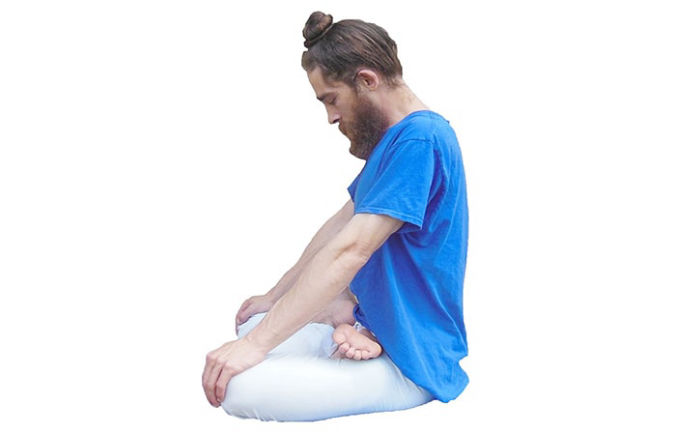
This breathing exercise is generally preformed in water because air is brought into the stomach and lungs to create buoyancy.

This breathing exercise utilizes both nostrils and is often preformed as a preparatory practice to more difficult practices.

This breathing exercise utilizes all four features of Pranayama, therefore this practice is not suitable for everyone.

This breathing exercise slows and lengthens the inhale and exhale which helps to bring awareness to the breath.